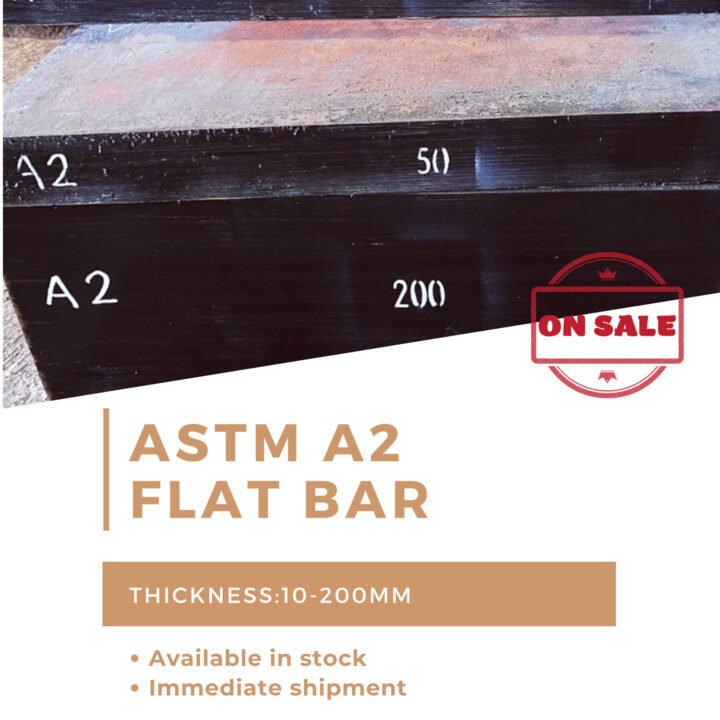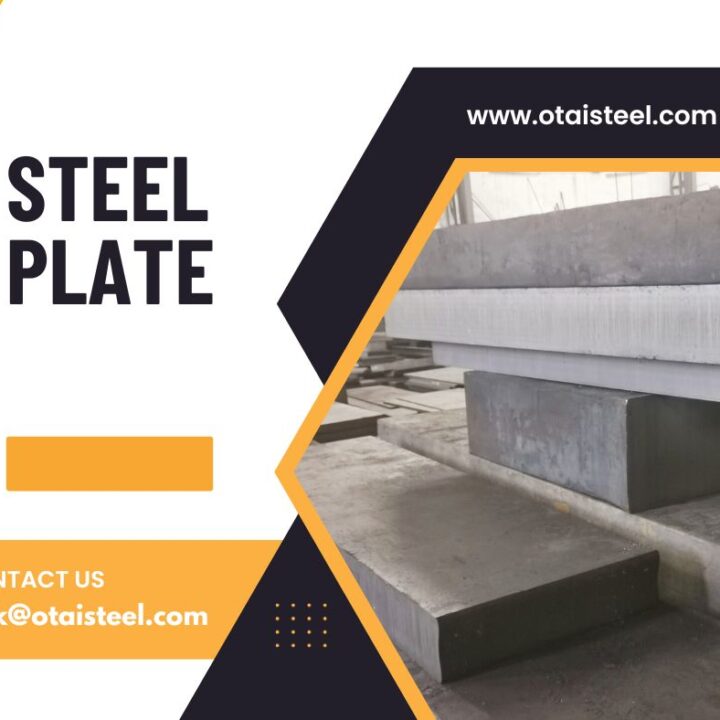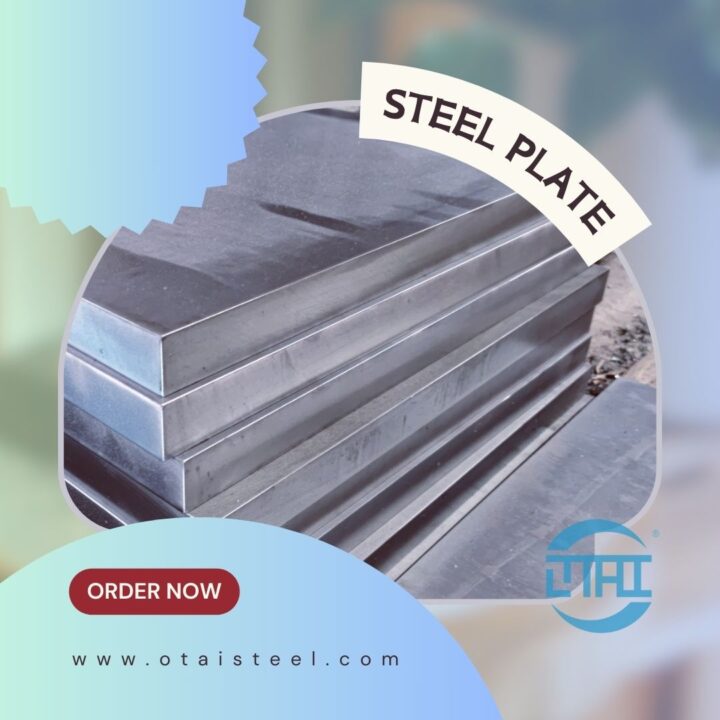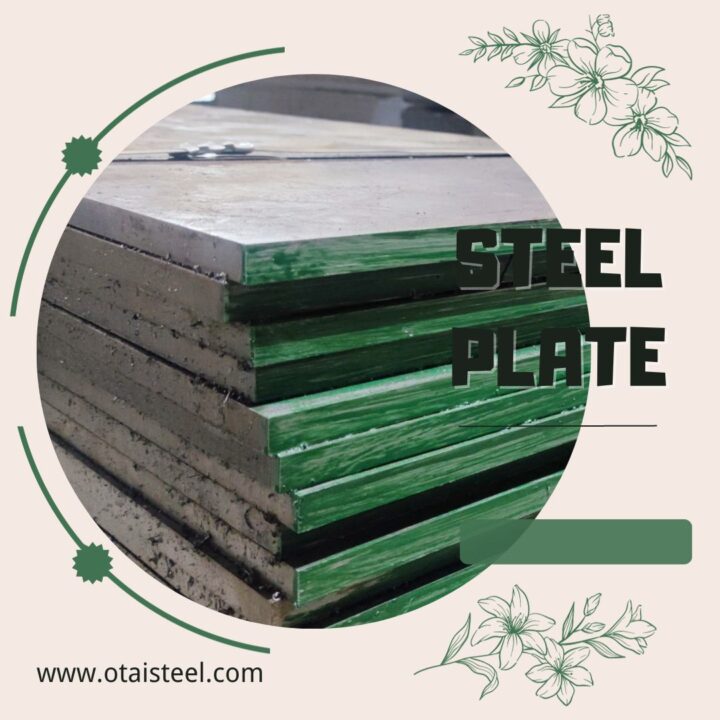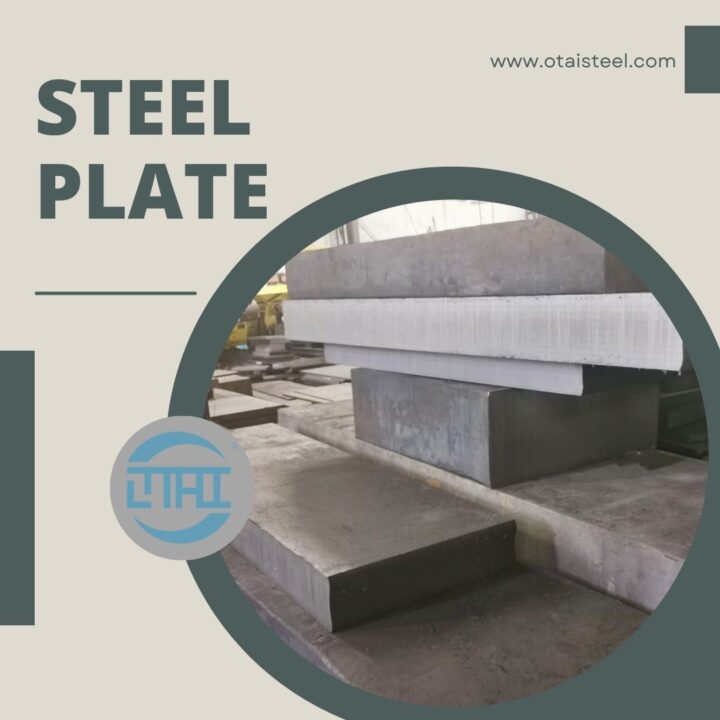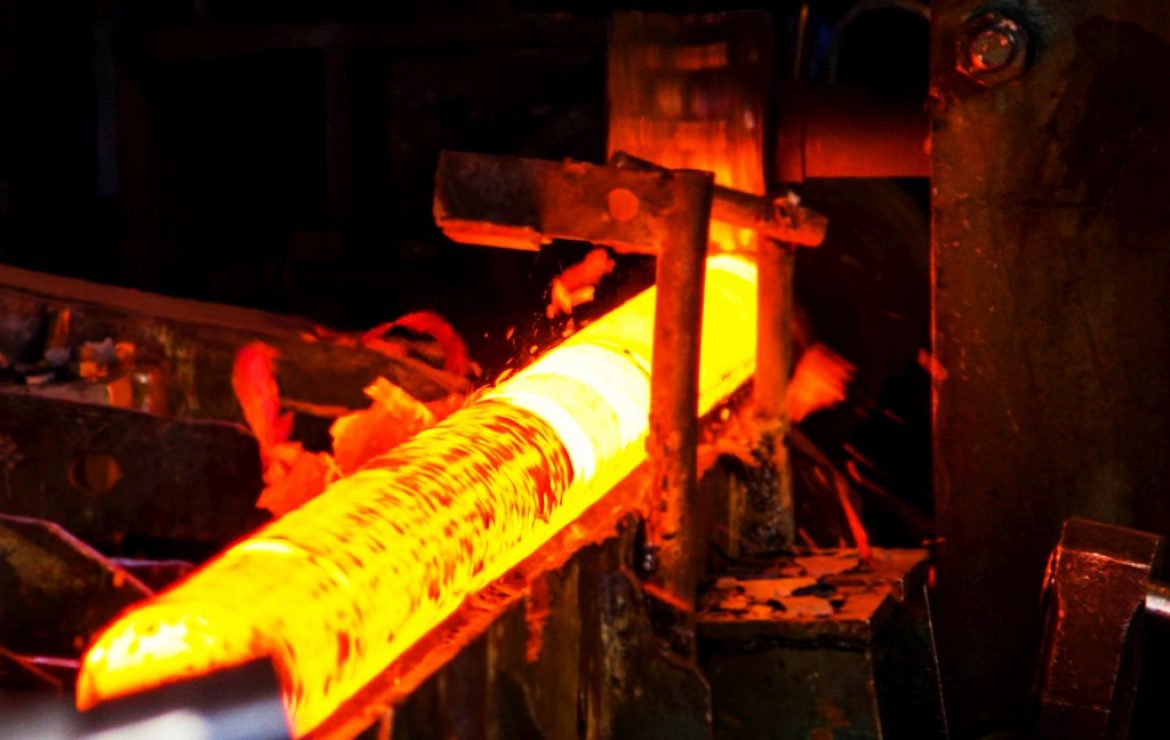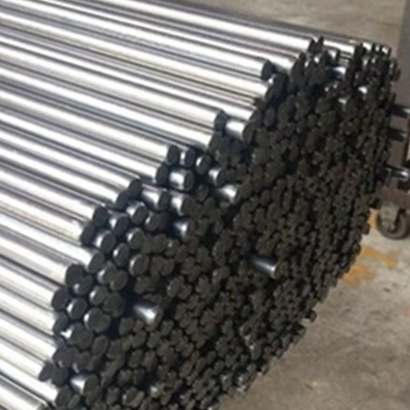The realm of medical devices demands a delicate equilibrium between strength and precision. In this exploration, we delve into the role of 8620 material in the intricate world of medical engineering, uncovering its unique properties, applications, and the crucial balance it strikes between robustness and accuracy. (8620 Material in Medical Devices)
Unveiling the Basics: Understanding 8620 Material
Before we dive into its medical applications, let’s grasp the fundamentals of 8620 material. Comprising nickel, chromium, and molybdenum, this alloy exhibits exceptional strength, toughness, and wear resistance. Its versatility makes it a prime choice not only in medical devices but across various industries.
The Crucial Balance: Strength and Precision in Medical Engineering
Medical devices often operate in demanding environments, requiring materials that can withstand stress and maintain precision. The 8620 material‘s remarkable tensile strength and hardness make it a reliable candidate for components where durability and accuracy are non-negotiable.
Applications in Orthopedics: Enhancing Implant Durability
In the realm of orthopedics, where implants bear the weight and movement of the human body, the strength of materials is paramount. 8620 material finds application in joint implants and orthopedic devices, ensuring a resilient and long-lasting solution for patients.
Precision in Surgical Instruments: Crafting Reliable Tools
Surgical instruments demand meticulous precision. The 8620 material’s machinability and ability to hold fine details during fabrication make it an excellent choice for crafting surgical tools. Scalpels, forceps, and other critical instruments benefit from the balance of strength and precision this material provides.
Implantable Devices: Ensuring Longevity and Biocompatibility
Implantable medical devices necessitate materials that not only endure within the body but also interact harmoniously with biological tissues. 8620 material, with its corrosion resistance and biocompatibility, contributes to the longevity and safety of implants, ranging from cardiovascular devices to bone fixation screws.
Navigating Regulatory Standards: Compliance in Medical Material Selection
In the highly regulated field of medical devices, material selection is not only about performance but also about meeting stringent safety and regulatory standards. The 8620 material’s proven track record in complying with medical device regulations reinforces its standing as a reliable choice for manufacturers adhering to strict guidelines.
Challenges and Innovations: Adapting 8620 Material to Evolving Needs
As medical technology evolves, so do the challenges faced by material scientists and engineers. The adaptability of 8620 material allows for innovations to meet emerging needs. Whether it’s enhancing biocompatibility or refining manufacturing processes, the material continues to evolve alongside the dynamic landscape of medical engineering.
Future Prospects: 8620 Material in Advancing Medical Technologies
Looking ahead, the role of 8620 material in medical devices is poised for further expansion. Its blend of strength and precision aligns with the demands of emerging technologies like minimally invasive procedures, robotic surgeries, and smart implants. The material’s journey in the medical field is an unfolding narrative of progress and possibilities.
Conclusion
In conclusion, the marriage of strength and precision in medical devices is a delicate dance, and 8620 material emerges as a graceful partner. Its proven track record, versatility, and capacity to meet the evolving needs of medical engineering position it as a stalwart in the realm of healthcare technology.
